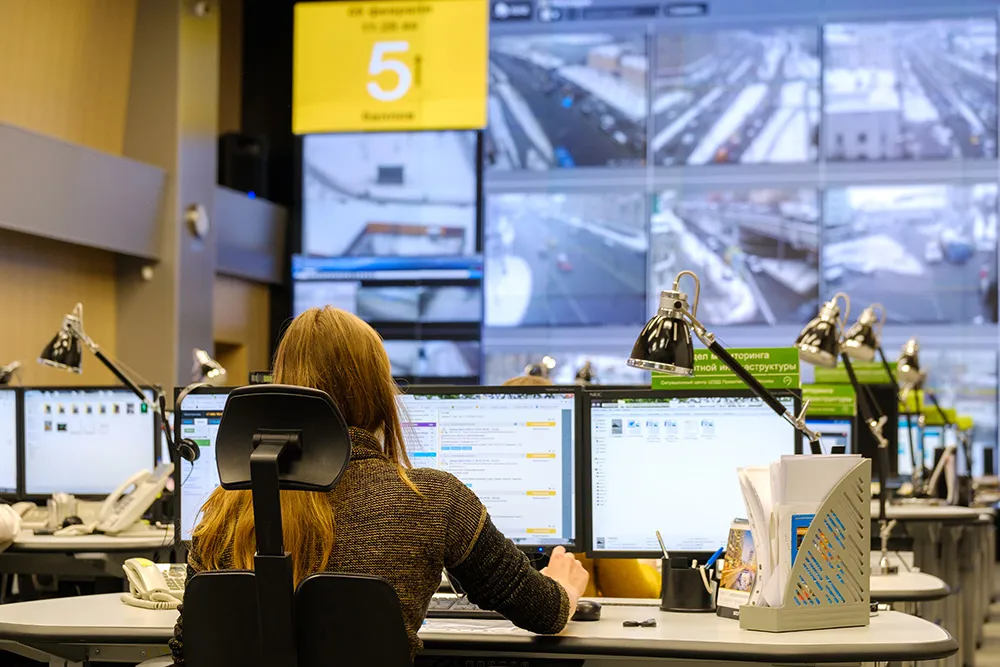
Best practice in enforcement, tolling and ANPR is the topic at
The machine vision pioneer is showing how its product range is applied around the globe to make roads safer, increase security and manage road usage. Highlights include the French program to increase road safety in work zones and the modernisation of Europe’s largest toll domain.
Vitronic is also building an automated enforcement system in Abu Dhabi that combines average and spot speed enforcement with ANPR applications and provides data for traffic management systems.
The basis for this are the new PoliScan FM1, a compact lidar measuring and documentation unit, and the TollChecker 4 vehicle identification platform.
Together they unlock a range of applications like speed, red light or lane usage monitoring and identification and classification of vehicles. The company is also displaying its software portfolio to deliver complete solutions to get traffic data from the roadside into the operating centres.
“We have created a very flexible portfolio that can be deployed fixed and mobile and thus offers ideal solutions for any type of road,” explains Wagner.
“Whether its enforcement, tolling or security applications, authorities can choose the solution that best fits their requirements.”










